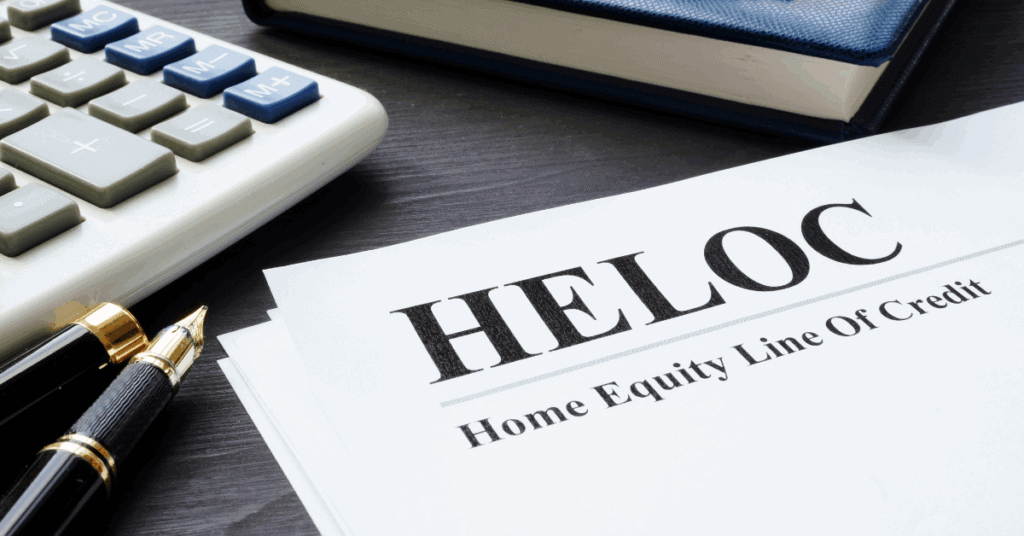Unlock Your Home Equity with Figure
- 100% online application—no in-person appraisal needed
- Pre-qualify in minutes; funding in as few as 5 days
- Borrow up to $400,000 with flexible terms
- Soft credit check—no impact on your score
Educational Content | Not Financial Advice | Connect with Licensed Professionals
Investing in a mountain property—whether it’s a vacation home, a rental asset, or a primary residence—offers breathtaking views, serene getaways, and long-term financial potential. However, choosing the right financing strategy is crucial, especially in high-value markets like Colorado, Utah, or the Pacific Northwest. Two popular options are Home Equity Lines of Credit (HELOCs) and Securities-Based Lending (SBL). This article will break down both options to help you determine which best fits your financial goals and property plans.
A Home Equity Line of Credit (HELOC) allows homeowners to borrow against the equity in their property. It functions like a credit card with a revolving balance, flexible draw period, and variable interest rates.

👉 Related: Understanding HELOC Options for Real Estate Investors
Securities-Based Lending (SBL) lets you borrow against your investment portfolio—stocks, bonds, or mutual funds—without liquidating those assets.
👉 Pro Tip: Use an SBL to secure a mountain property quickly while planning a more permanent financing solution.
| Criteria | HELOC | Securities-Based Lending (SBL) |
| Collateral | Primary or existing home equity | Non-retirement investment portfolio |
| Interest Rates | Usually variable, based on prime rate | May be fixed or floating, often lower |
| Use Case | Home improvements, second homes | Liquidity needs, fast property purchase |
| Risk | Risk to home in case of default | Risk to portfolio during market downturn |
| Tax Benefits | Possible tax deduction (home-related) | No tax benefits; avoids capital gains |
Expert Tip: For high-net-worth individuals with substantial portfolios, an SBL can offer flexibility without impacting mortgage leverage ratios. However, if you have significant equity in an existing property, a HELOC might provide a more straightforward and cost-effective route.
CTA: Want help comparing your specific financing options? Schedule a free consultation with a financing advisor today.
Yes, combining both allows you to leverage multiple assets, giving you greater financial flexibility and negotiating power.
Generally, no. However, SBLs avoid triggering capital gains from selling investments, which may offer indirect tax advantages.
You may face a margin call requiring you to add funds or securities to maintain the loan-to-value ratio. If not addressed, your lender may liquidate assets.
Yes, especially if you plan to use the funds for home improvements—interest may be tax-deductible in this case.
The choice between HELOC and SBL depends on your financial profile, risk tolerance, and long-term goals. A HELOC is ideal for those with strong home equity and steady income. Meanwhile, SBL is a strategic fit for investors wanting quick access to capital without touching real estate assets.
CTA: Considering a mountain property investment? Let our lending experts guide you through your best financing options.

This article is for educational purposes only and does not constitute financial, legal, or investment advice. Mortgage rates, terms, and requirements vary by lender and individual circumstances. Always consult with qualified, licensed mortgage professionals before making financial decisions. REInvestorGuide.com may receive compensation from featured lenders and service providers.
Our advise is based on experience in the mortgage industry and we are dedicated to helping you achieve your goal of owning a home. We may receive compensation from partner banks when you view mortgage rates listed on our website.


